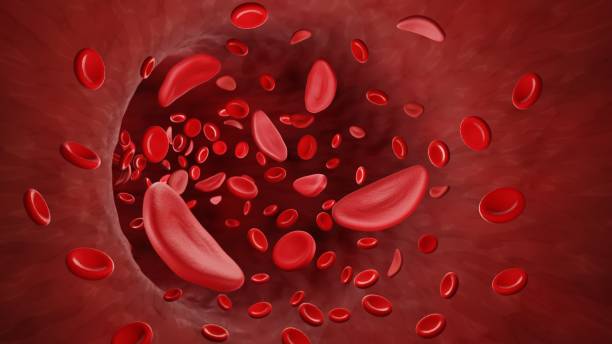Umbilical cord blood stem cell transplantation is becoming a remarkable treatment for patients with serious blood or immune disorders, and in India, it is increasingly accessible thanks to advances in medical care. This procedure uses the blood left in the umbilical cord and placenta after a baby is born, which is rich in haematopoietic stem cells—the very cells that can produce all types of blood and immune cells in the body. These cells can be collected, safely stored, and later used to help a patient whose bone marrow or immune system has been damaged, whether due to diseases like leukaemia, thalassaemia, immune deficiencies, or following intensive chemotherapy or radiation.
One of the most encouraging aspects of cord blood transplants is that the stem cells are immunologically “young,” which means there’s a lower chance of graft versus host disease, even when the donor match isn’t perfect. Families often find peace of mind knowing that the blood is already collected and preserved, avoiding the stressful wait of finding a perfect bone marrow donor. Because cord blood is collected in a controlled and sterile environment, the risk of infections from the donor is also relatively low. Moreover, with public or community cord blood banks, finding a compatible unit is easier, even for patients from diverse backgrounds, which increases the chances of a successful transplant.
Cord blood stem cells have been used successfully for a wide range of conditions. They help treat blood cancers like leukaemia and lymphomas, non-cancerous blood disorders such as aplastic anaemia and thalassaemia, and inherited metabolic or immune conditions. This versatility has made cord blood transplants an important tool in modern medicine.
When it comes to costs in India, the price of a cord blood transplant can vary depending on several factors, including whether it is allogeneic (using donor stem cells) or autologous (using the patient’s own cells), the type of disease, the hospital, and the level of post-transplant care required. In major centers, allogeneic transplants generally cost around ₹10–12 lakh, while autologous transplants may be around ₹8–10 lakh. Some charitable or non-profit hospitals may offer reduced rates, with allogeneic procedures around ₹5–6 lakh and autologous procedures around ₹3–4 lakh. Additional costs may include tests, HLA typing, hospital stay, medications, and follow-up care. Compared to international centers, India offers highly competitive pricing without compromising quality.
Success rates for cord blood transplants are encouraging but depend on many factors, including the patient’s age, disease type, HLA match, and the number of stem cells available. Data from Indian centers show overall survival rates around 86% and disease-free survival near 68%, with outcomes generally better for non-cancerous conditions than malignant ones. While engraftment—the process of the transplanted cells starting to produce new blood cells—can take longer compared to bone marrow or peripheral blood stem cells, once engrafted, patients often enjoy long-term remission and improved quality of life. Like any major medical procedure, there are risks, including infection, graft rejection, or complications such as mild GVHD, but experienced medical teams can manage these effectively.
There are challenges to consider as well. A single cord blood unit has a limited number of stem cells, which can make transplantation more difficult for adult patients unless techniques like double-unit transplants or cell expansion are used. While HLA matching is less strict than bone marrow transplants, mismatches can still increase the risk of delayed engraftment. Access to skilled transplant centers and intensive care facilities is critical, and costs, although lower than in many countries, can still be significant for many families. Long-term follow-up is essential to monitor for late complications and ensure a healthy life after transplant.
Organizations like Transcell play an important role in helping families navigate these decisions. By focusing on quality stem cell banking, careful processing, and education about the procedure, they help patients and caregivers feel more confident in their choices. Families considering cord blood transplantation should ask about expected survival rates, the HLA match and cell dose of the unit, the full cost including hospital and follow-up care, and the support available for managing logistics, medications, and long-term follow-up.
For many patients without a fully matched donor, umbilical cord blood transplantation offers hope where other options may be limited. With ongoing research improving cell expansion, matching techniques, and supportive care, the future looks even brighter for this life-saving therapy. In India today, families have access to this advanced treatment, making it possible for many children and adults to receive a second chance at life, backed by science, skill, and compassionate care.





